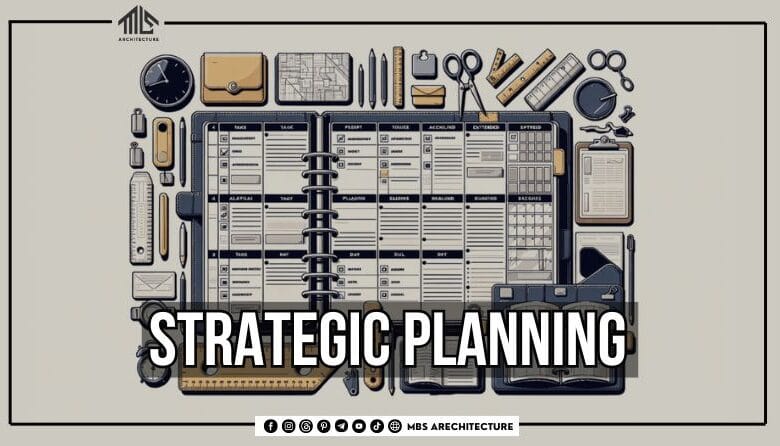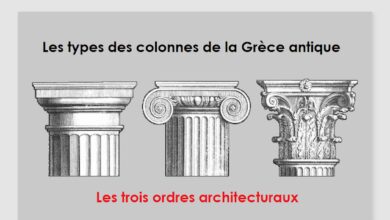
How Strategic Planning Drives Architectural Success
In the field of architecture, meticulous planning is the pivot that bridges vision and reality. The success of renowned architectural wonders like the Burj Khalifa or the Guggenheim Museum Bilbao didn’t happen by chance; it was the result of careful planning and execution. For aspiring architects or seasoned professionals, task management and adhering to timelines is a daily challenge.
The Pivotal Role of Planning in Architecture:
The journey from a concept to a fully realized architectural structure is laden with numerous planning stages. From initial conceptualization, drafting, revising, to final execution, each phase requires a well-orchestrated plan. The absence of a structured plan can lead to oversights that may result in costly corrections.
Tools Paving the Way
In the digital age, a myriad of tools are available to aid in planning and organization. Digital software like AutoCAD, Revit, and others are staples in architectural planning. However, there’s a unique essence of traditional planning methods that remains unmatched. Physical and printable planners offer a tangible interaction with one’s schedule and tasks.
The Modern Planner : A Blend of Tradition and Convenience
Transitioning between digital and physical realms, printable planners specifically designed for architects and architecture students provide a tailored organizational tool. For instance, the “Architecture Student Planner” is a printable planner specially created for architects and students. With dedicated sections for jotting down project ideas, deadlines, meetings, and personal notes, it ensures a structured approach to the bustling life of an architecture enthusiast, keeping all projects in order and ideas well organized, with a unique design for them.
Incorporating Planning Tools into Daily Routine

Adopting a planning tool and integrating it into the daily routine can significantly enhance productivity. Starting the day with a clear agenda, prioritizing tasks, and having a visual representation of deadlines can mitigate the overwhelming feeling of a cluttered schedule.
Turning Visions into Reality
With a well-established plan, turning imaginative concepts into tangible architectural designs becomes a more attainable goal. Planning helps anticipate potential challenges and allocate resources wisely, thus steering projects towards success.

The field of architecture is a testament to the old adage – failing to plan is planning to fail. Embracing planning tools designed to meet the unique requirements of architectural projects can significantly impact the journey from the drawing board to the construction site. As you navigate through the architectural landscape, finding a planning tool that resonates with your work ethic could be your keystone to orchestrating architectural masterpieces.




